Working with The MET for its Masterpiece on the Wrist program, Vacheron Constantin interprets this Winslow Homer Northeaster painting on a watch dial.

Sometimes being in a world-class museum, surrounded by some of the best paintings and sculptures in history, can be somewhat overwhelming.
For Vacheron Constantin, the world’s oldest continually operating watch brand, the thrill is to embrace the finest art, and the emotions it evokes, by turning masterpieces within museum walls into masterpieces on the wrist. It is a challenge the brand has conquered several times over.
Now, via its “Masterpiece on your Wrist” program (which originally launched in 2019), the venerable brand offers clients single, unique-piece Les Cabinotiers watches boasting dials re-interpreted from The Metropolitan Museum of Art’s finest works.
Essentially, for clients wishing to commission a piece, Vacheron Constantin partners with The Met to connect the client with the museum’s curators to walk through the works of art and sculpture in the museum, and even peruse the archives, to select what work they would like to have replicated on the watch dial.
There are some parameters, but the possibilities are almost endless.
Once the art for the dial is selected, the client can choose from four case styles, multiple case metals, and three movements – ranging from time-only caliber to a minute repeater tourbillon – for their own unique timepiece.
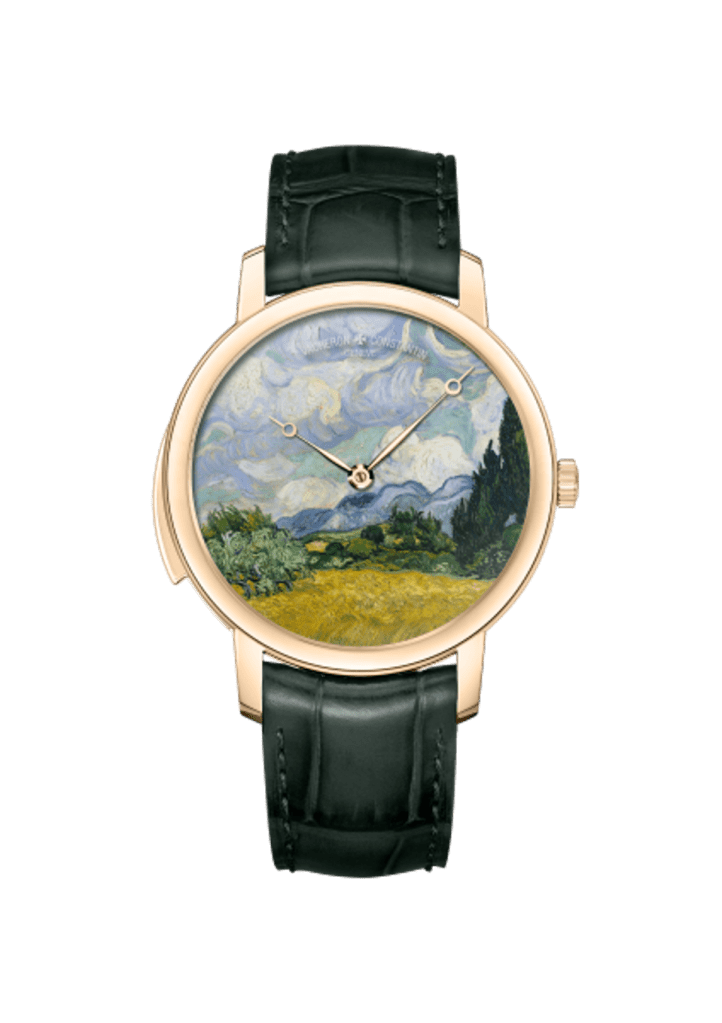
Clients can also select the particular type of Métiers d’Arts technique they would like Vacheron Constantin’s master artisans to employ.
As such, the brand also offers clients, when commissioning their unique piece, a trip to its Manufacture in Geneva where they can witness the dials being painted and talk with the master artisans.
To help convey the scope, depth and breadth of this program, Vacheron Constantin’s artisans have worked closely with The Met to choose four examples to translate onto watch dials.
The first four works of art include the Wheat Field with Cypresses painting by Vincent van Gogh in 1889 in oil on canvas, Bridge over a Pond of Water Lilies by Claude Monet that was painted in 1899 of the footbridge over his famed water-lily pond on his property in Giverny, France, and Northeaster by American artist Winslow Homer that features a Northeaster storm over the ocean painted at Prout’s Neck, Maine, in 1895 and reworked in 1901.
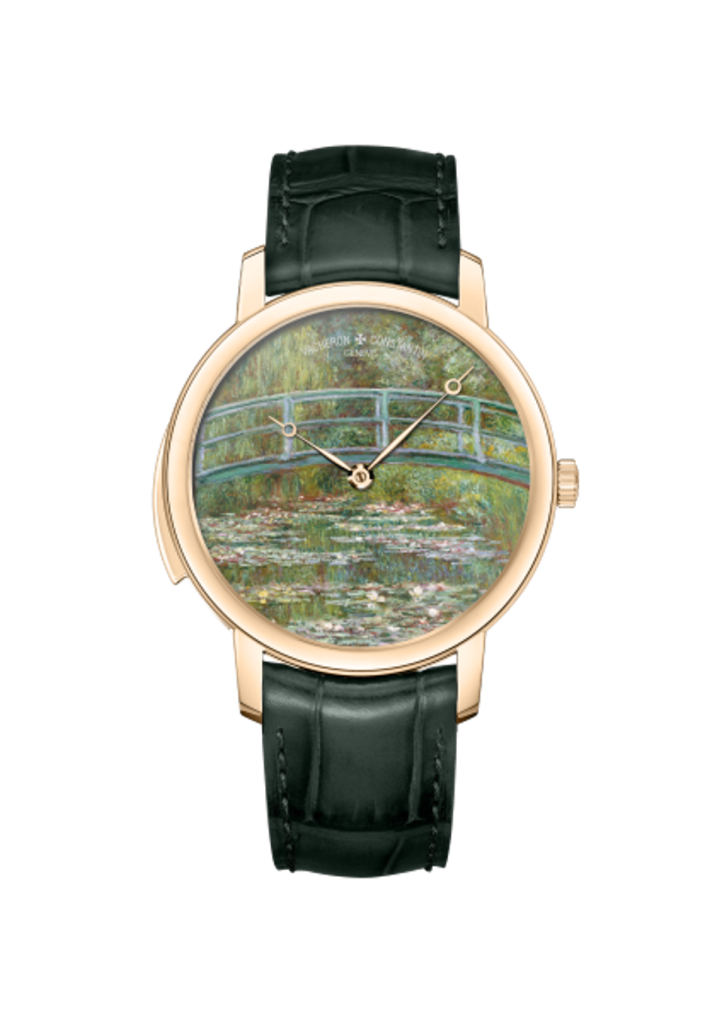
The fourth example is the gilded bronze sculpture of Diana by Augustus Saint-Gaudens from 1893-94. It depicts the Roman goddess of the moon on the hunt with her bow and arrow.
The sculpture at the museum is a half-size model of the version that was on top of the original Madison Square Garden’s tower in New York from 1893 until 1925 when it was demolished. Several renditions and sizes of Diana were made.
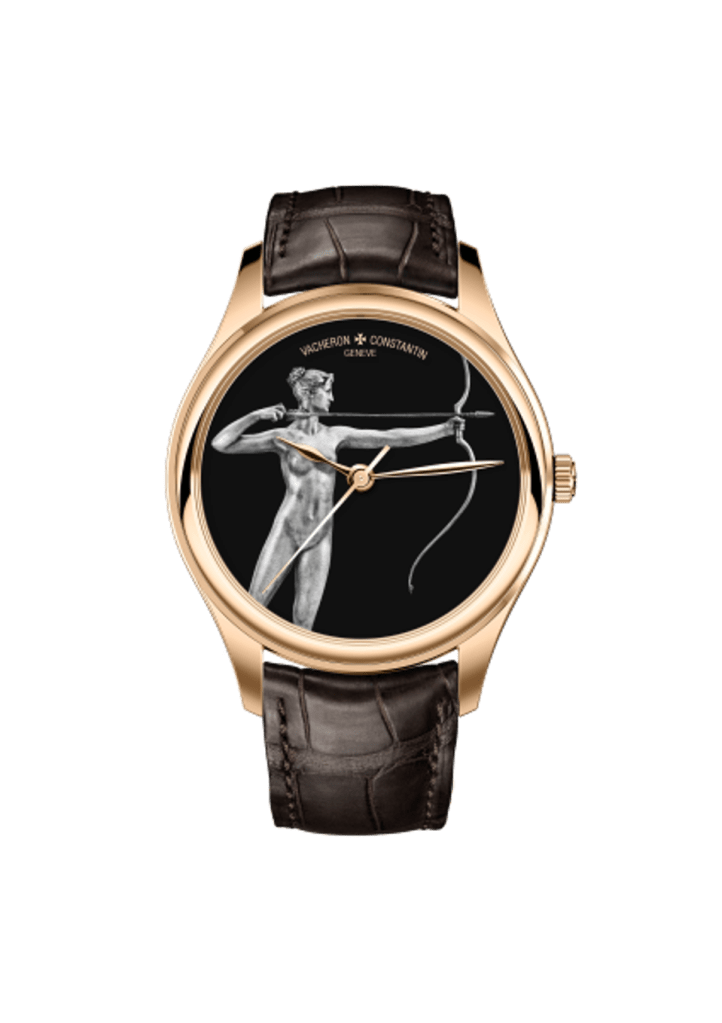
Ultimately, customers can choose one of these four dials, or select another work of art. They can then set about selecting the art technique to be used on the dial.
Essentially, there are several types of Métiers d’Arts methods employed in the making of the dials based on these masters. They include miniature enamel painting and Grisaille enamel.
In each case, the techniques involved include applying multiple layers of color to the dial. In miniature enamel painting, each layer of paint must be fired in a kiln – risking bubbles in the paint or other damage resulting in a useless dial and the start of another.
Even when the dial is complete, a final layer of translucency is added to extricate more brilliance and depth. This method is vital for reproducing details, colors and brushstrokes that the masters implemented on their original paintings.
In Grisaille enamel work, the artist takes a mono-chromatic approach to the reproduction of the masterpiece. This particular art endows the dial with depth and dimension – the perfect technique for emulating a sculpture.
The dial typically starts with black and builds up translucent layers of Limoges white enamel to obtain varying shades of gray, as well as a three-dimensional appeal.
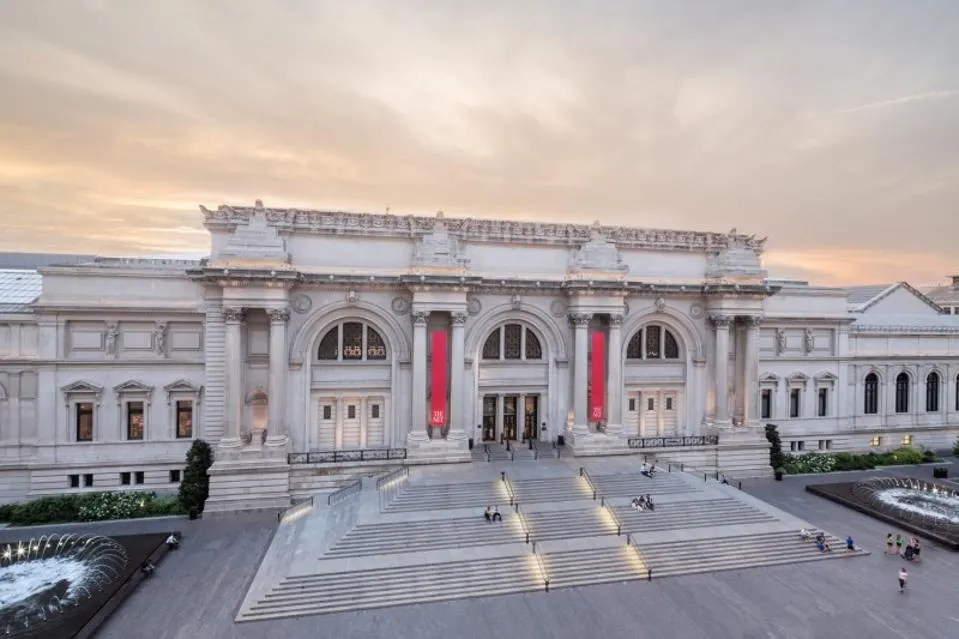
While Vacheron Constantin suggests the Grisaille technique for the sculpture and miniature enamel for the paintings, the client can ultimately choose the style he or she wants used for the dial.
Additionally, the client has a host of other choices when it comes to customizing his or her unique watch. In fact, this program, especially as Vacheron Constantin has set it up with the art works from The Met, may well be the world’s most luxurious customized watch program.
Certainly, it is one of the most alluring.
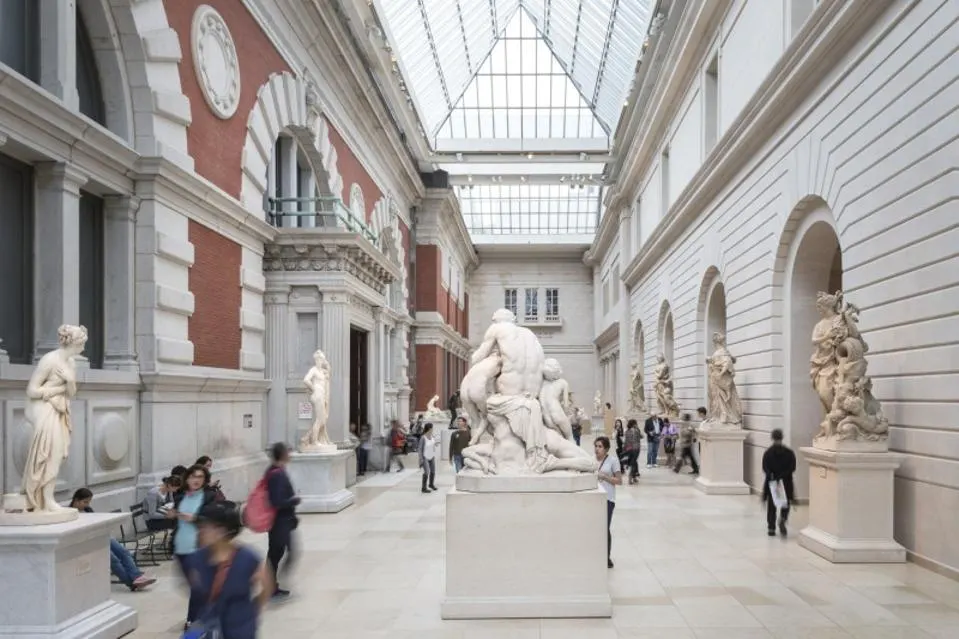
Other elements that can be customized in this program include selecting one of three different movements. This is a significant choice and one that also affects the look of the dial.
One of the calibers being offered is the highly complicated 2755 TMR manual winding movement (first unveiled in 2017) consisting of 471 parts.
It offers the beloved chiming minute repeater, tourbillon escapement (via a round aperture on the dial at 6:00), hours, minutes and small seconds on the tourbillon, as well as 58 hours of power reserve.
The second movement offered is the 1731 manual-winding caliber with 265 parts and 65 hours of power reserve. It offers minute repeater along with hours and minutes.
It is equipped with a silent flying strike governor that regulates the rate of the hammers as they strike the gongs for ultimate clarity and harmony. This complicated caliber does not need a dial aperture, and so the entire dial can be painted.
The third offering is a self-winding movement with 182 parts and 40 hours of power reserve. It offers hours, minutes and central seconds.
All movements boast the Hallmark of Geneva certification.
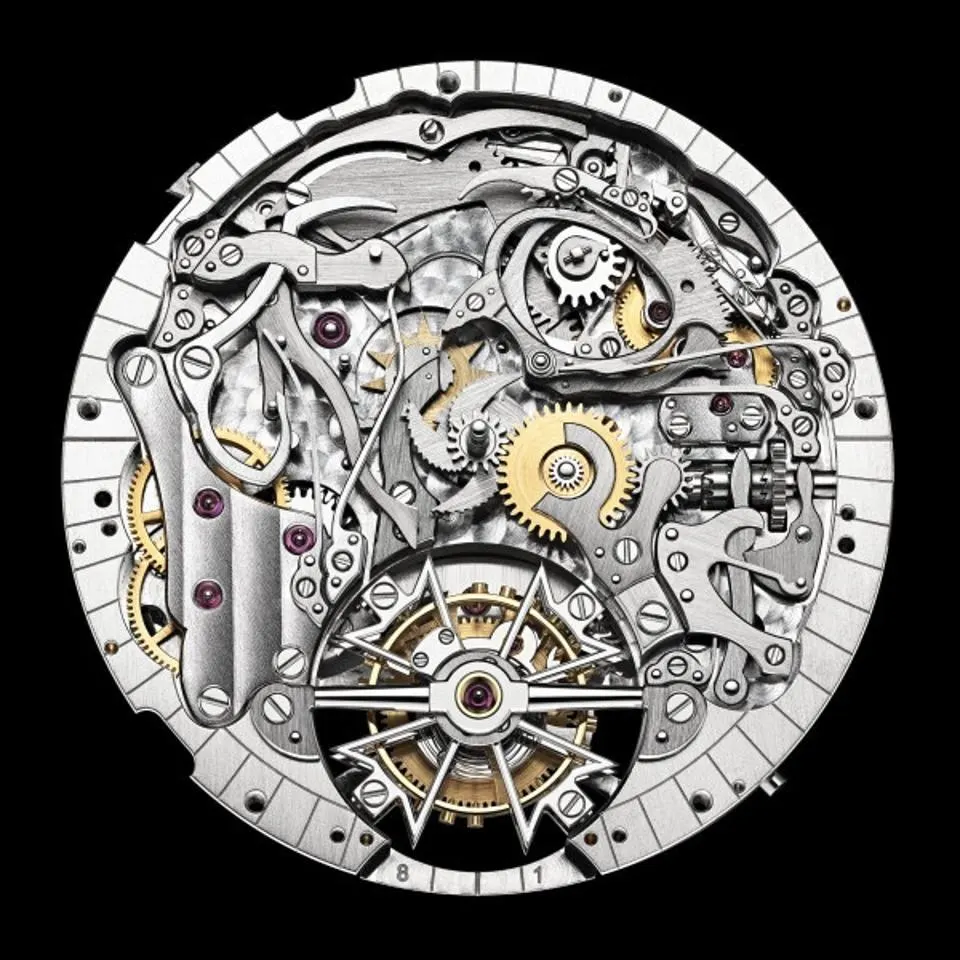
Other customization options include the case style (there are four options), the precious metal for the case and the strap. Each watch will be unique and will be sold with a certificate of authenticity from both Vacheron Constantin and The Met.
Because of the time and work involved in making each unique watch, from art selection to Metiers d’Arts dial interpretation to movement making, prices of the watch will naturally vary, and will most likely start at about $200,000 or higher and go up from there.
The “Masterpiece on your Wrist” project in cooperation with The Met is the result of a multi-year partnership established in 2023 between the two.
The main goal for both the museum and the brand is to safeguard the arts and to continue to pass on the knowledge and expertise for the fine arts.
This is particularly important in watchmaking where miniature painting and enamel work is truly a luxury passed from generation to generation.
These are the first watches to be unveiled in the partnership, and commissions by clients are already in the works. Other mission-driven projects on the drawing board include an artist-in-residency program and additional educational initiatives.
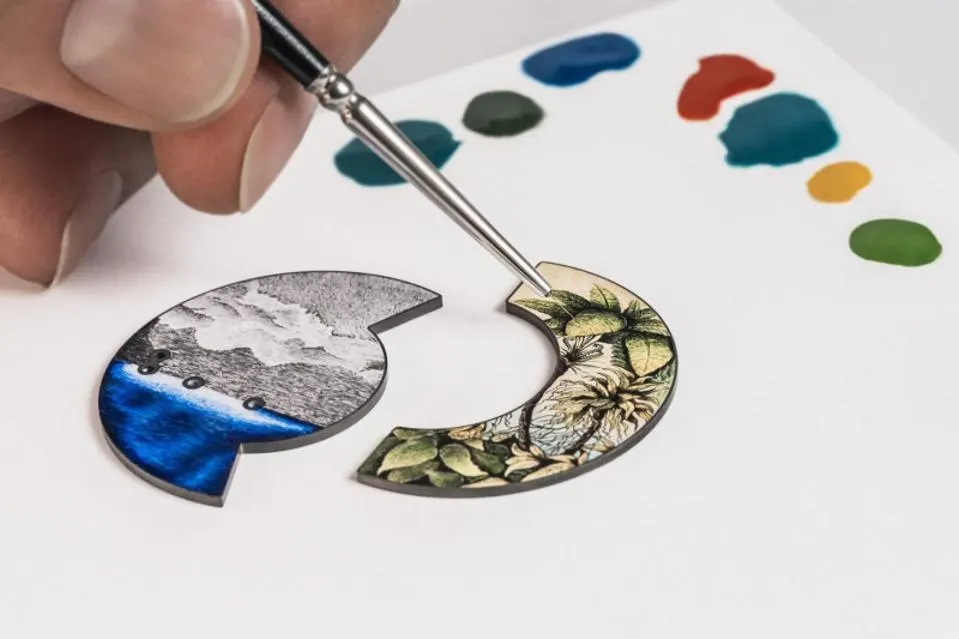
This article was first published on forbes.com and all figures are in USD.


